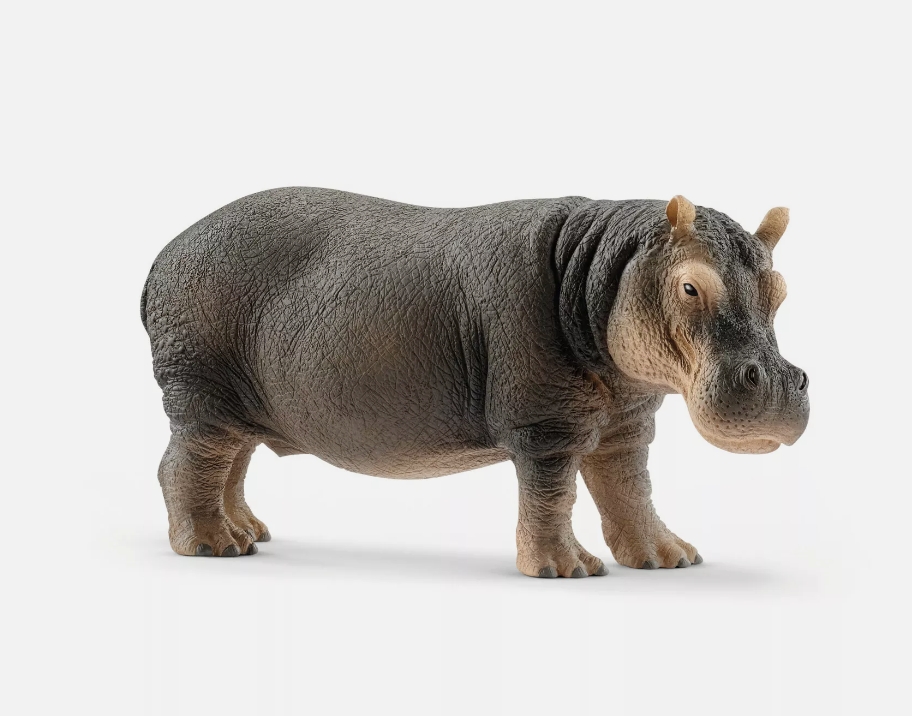The hippo model is a theoretical tool used to describe and predict behavior in complex systems. Its name comes from a metaphor for the hippo, which is mainly used to visualize the interactions between the various elements of the system. The core idea of this model is to emphasize the nonlinear relationship and feedback effect between different variables.
In this model, the interaction between the elements can be compared to the state of a hippopotamus swimming lightly in the water, seemingly calm on the surface, but under the water, there is a dark flow. With the hippo model, it can be observed that certain variables in the system may change rapidly under certain conditions, and this change is not always obvious. This means that potential feedback loops and nonlinear effects must be taken into account when conducting dynamic analysis.
The hippo model is often used in ecology, economics, social science and other fields to help researchers understand the workings of complex systems. In the case of ecosystems, the hippo model can be used to explain how populations compete and cooperate, or how the ecological balance is disrupted by environmental changes. In economics,it can reveal how the elements of a market interact to affect supply and demand and price fluctuations.
The advantage of the model is that it can deal with complexity and provide an effective visualization method, so that researchers can more intuitively understand the behavior of complex systems. In addition,it helps to predict potential crisis situations,such as ecological crises or economic bubbles,thus providing guidance to decision-makers.
However,the hippo model also has certain limitations. Because it depends on a large number of variables and parameters,it needs accurate data support and reasonable assumptions in specific applications. Once the assumptions of the model are wrong or the data is inaccurate,the forecast results may be biased.




